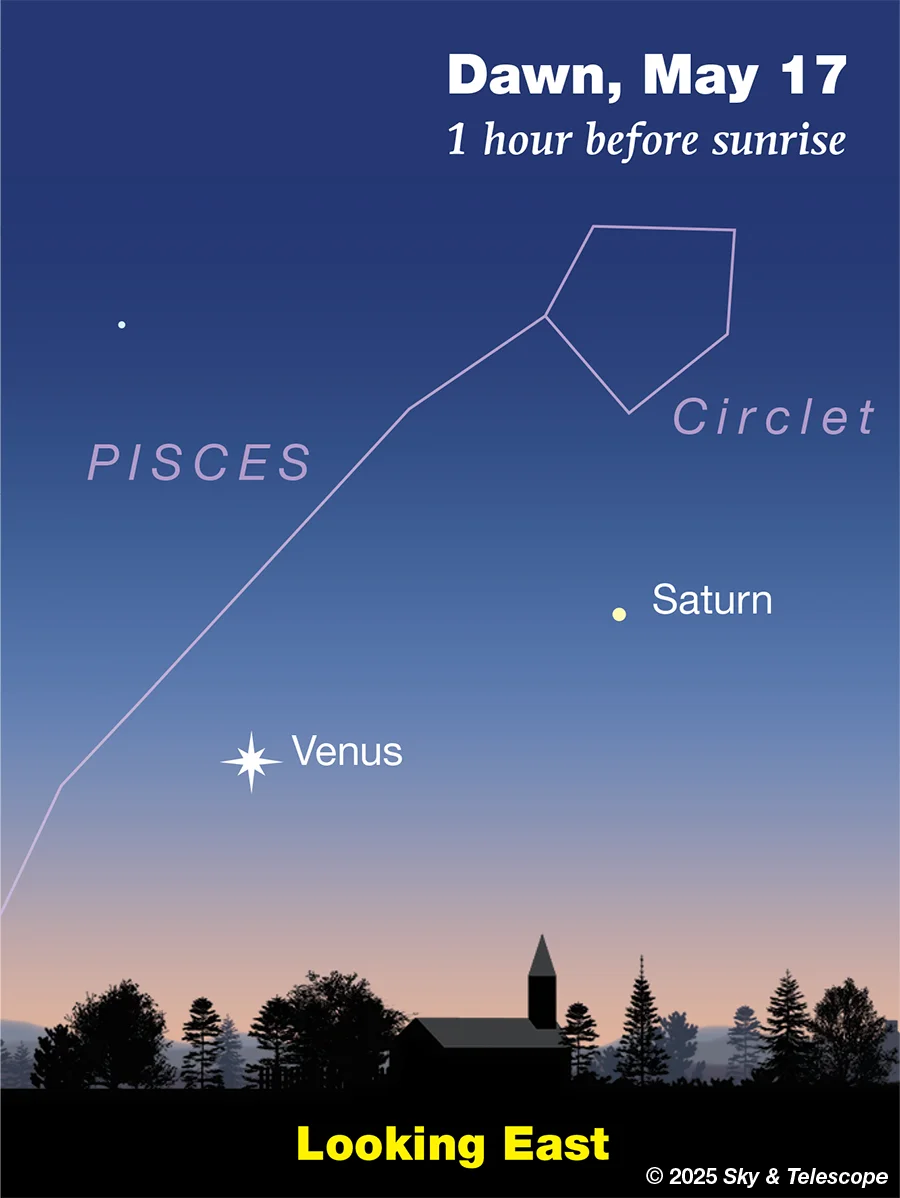
Don’t Miss May’s Celestial Spectacle: Planet Parades, Upside-Down Bears, and More!
Get ready for a breathtaking celestial show throughout May! The dark skies of late May promise a spectacle featuring a 'planet parade,' a unique view of the Ursa Major constellation (the Big Dipper), and the radiant glow of the Leo constellation. This is a prime opportunity for stargazers of all levels to witness the wonders of the universe. Clear your schedule, find a dark spot, and prepare to be amazed!
Understanding the Darkness
Why are stargazers so excited about the new moon on May 26th? It's simple: the absence of moonlight creates incredibly dark night skies, free from light pollution. According to the report, serious stargazers view this as the perfect opportunity to gaze upon the marvels of the cosmos. From May 20th to May 30th, the night sky will be at its darkest, which is the ideal window for viewing the celestial wonders above us.
What to Look For?
Here are some of the highlights to watch for in the coming weeks:
1. The Big Dipper and Ursa Major

While many can spot the seven stars of the Big Dipper, it's actually just a part of the larger Ursa Major constellation, also known as the Great Bear. May is an excellent time to locate Ursa Major, as it's nearly directly overhead in the early evening. The bear is upside down, which provides an interesting perspective. Stargazers advise focusing on the three visible paws, each marked by a set of double stars, to begin finding it.
2. Leo, the Lion

Look south as soon as darkness falls to see the backward question mark of stars that forms the head and forequarters of Leo, the lion. The bright star Regulus, meaning “little king,” marks the dot in that question mark.
3. Small 'Planet Parade'

If you can only get up early once this month, make it 45 minutes before sunrise on Friday, May 23, to see a crescent moon appearing close to a very bright Venus, with Saturn nearby.
4. Boötes, the Herdsman

Trace the tail of Ursa Major in an "arc to Arcturus" to find the brightest star in the night sky. Arcturus is the brightest star in the constellation Boötes, the herdsman, a key yet little-known shape of stars in spring.
5. The Hercules Cluster

Hidden in the halo of the Milky Way galaxy are ancient groups of stars called globular clusters. One of the best is M13 in the constellation Hercules, high overhead after dark. You’ll need binoculars or a telescope to see it as a fuzzy patch containing over 100,000 stars.
Beyond the Obvious: Additional Skywatching Tips
In addition to the major celestial events, there are several other opportunities for skywatching. Look for the Moon-Jupiter conjunction on May 16, spot Asteroid 4 Vesta on May 18, and observe the Moon-Saturn rendezvous on May 19.
What Does This Mean?
This May's night sky offers a rare opportunity to connect with the cosmos in a unique and profound way. Whether you're a seasoned astronomer or a casual observer, take the time to step outside, look up, and marvel at the beauty and wonder of the universe. Consider what discoveries await those who dare to explore the night sky.
What are you most excited to see in the May night sky? Share your thoughts and observations in the comments below! Don't forget to share this article with your fellow stargazers and astronomy enthusiasts.